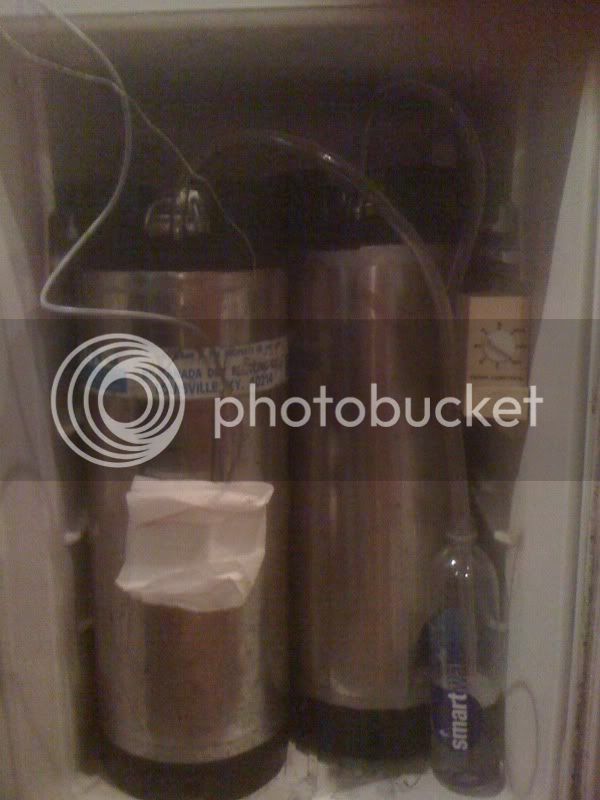Hugh_Jass
Well-Known Member
- Joined
- Nov 23, 2008
- Messages
- 1,956
- Reaction score
- 46
I did this past go around, only once, though. That batch is currently being cold crashed.
I've another batch that's still fermenting. I'll lightly shake them daily over the next week to see if I can squeak an extra few points out of the yeast.
I was also thinking I could lay the kegs on their side with the gas post up to try and get more surface area and less convection. Dunno if that would work. If the shaking does is not productive, I'll probably try that.
I've another batch that's still fermenting. I'll lightly shake them daily over the next week to see if I can squeak an extra few points out of the yeast.
I was also thinking I could lay the kegs on their side with the gas post up to try and get more surface area and less convection. Dunno if that would work. If the shaking does is not productive, I'll probably try that.










